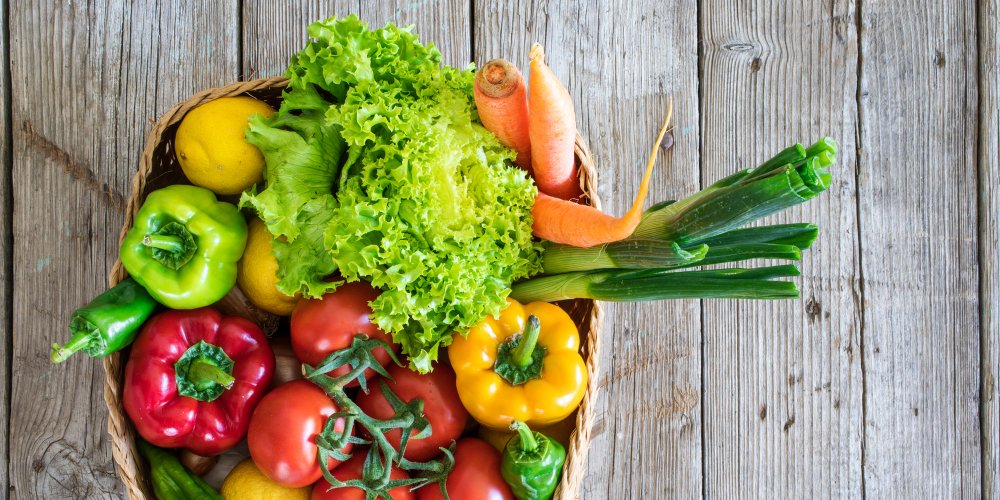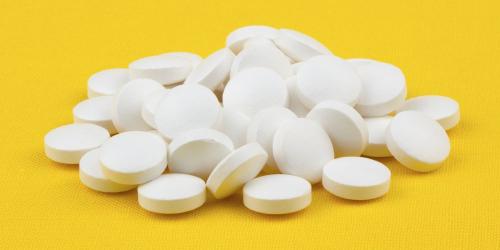It's no longer a secret for a long time: pesticides are present on our plates.
But which fruits and vegetables are most affected? And how far are they reached? This is revealed in the report recently published by "Future Generations".
A report drawn up over 5 years on 52 fruits and vegetables
To compile the detailed list of fruits and vegetables containing pesticides, the researchers of the NGO compiled the official data produced by the DGCCRF between 2012 and 2016.
This study made it possible to analyze the "frequency of the presence of pesticide residues" as well as the "frequency of exceedances of maximum residue limits" (MRLs) of 19 fruits and 33 non-organic vegetables consumed in France.
In total, 72.6% of the fruit samples and 41.1% of the vegetable samples are contaminated with pesticides. In addition, in about 3% of cases, the residue level was higher than the maximum limits set by the European Union.
Contamination: grapes and celery at the top of the ranking
To understand the extent of the situation and to know which foods are concerned, here is the list of fruits then vegetables analyzed as well as the part of samples presenting quantifiable pesticide residues:
- Grapes (89%)
- Clementines / Mandarins (88.4%)
- Cherries (87.7%)
- Grapefruit / Pomelos (85.7%)
- Strawberries (83%)
- Nectarines / Peaches (82.8%)
- Oranges (80.6%)
- Apples (79.7%)
- Apricots (77.4%)
- Lemons (77.3%)
- Pears (74.6%)
- Lemons (64.8%)
- Pineapple (59.2%)
- Mangoes / Papayas (58%)
- Bananas (57.6%)
- Raspberries / Currants (57.1%)
- Plums / Mirabelles (34.8%)
- Kiwis (27.1%)
- Lawyers (23.1%)
- Celery branches (84.6%)
- Fresh herbs (74.5%)
- Endives (72.7%)
- Celery raves (71.7%)
- Lettuce (65.8%)
- Peppers / Peppers (60.5%)
- Potato (57.9%)
- Beans (unshelled) (54.9%)
- Peas (unshelled) (54.9%)
- Leeks (51.5%)
- Melons (49.7%)
- Carrots (48.9%)
- Tomatoes (48.9%)
- Cucumbers (45.9%)
- Zucchini (41.3%)
- Radish (39.4%)
- Eggplant (37.4%)
- Swiss chard (34.1%)
- Spinach (34%)
- Mushrooms (32%)
- Watermelons (30.8%)
- Artichokes (29,5%)
- Turnips (25.3%)
- Apples cabbage (20.3%)
- Broccoli (19%)
- Pumpkins (13.9%)
- Onions (8.2%)
- Sweet potatoes (7.4%)
- Cauliflower (6.7%)
- Beets (4.4%)
- Asparagus (3.2%)
- Corn (1.9%)
How to keep pesticides off our plate?
If we want to continue to consume our "5 fruits and vegetables a day" while limiting the invasion of pesticides in our body: it is possible.
First, we can focus on foods at the bottom of the two lists presented previously. Otherwise, it is also possible to turn to fruits and vegetables from organic farming , less exposed to pesticides.
In addition, in the coming months the government should put in place an action plan to reduce the amount of plant protection products in agriculture.
Finally, committed producers have submitted the idea of a label "zero pesticide residue" (not to be confused with the organic label), to inform consumers and help them " eat better ". The label could be awarded to any fruit or vegetable with less than 0.01 mg of pesticide per kilogram. A smart initiative, but still far from a total absence of pesticides.
* consult the study of Generations Futures




